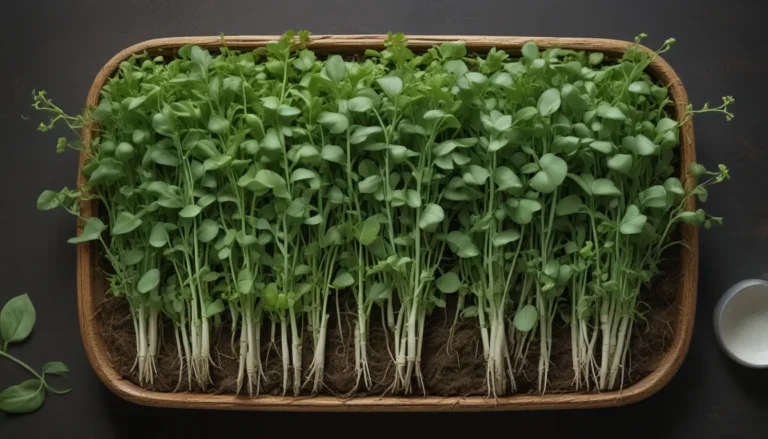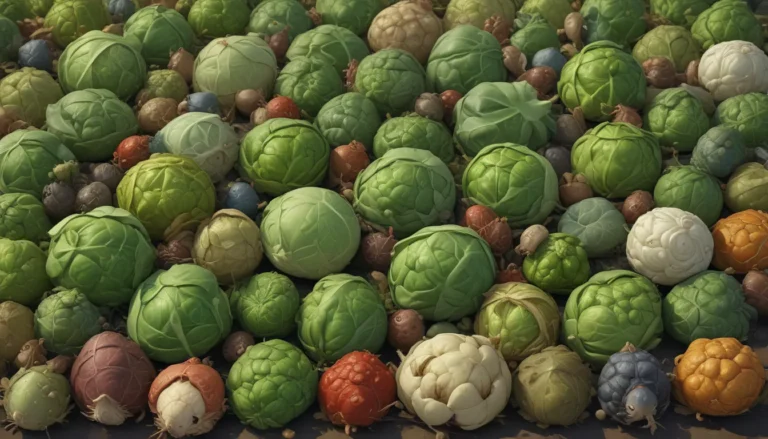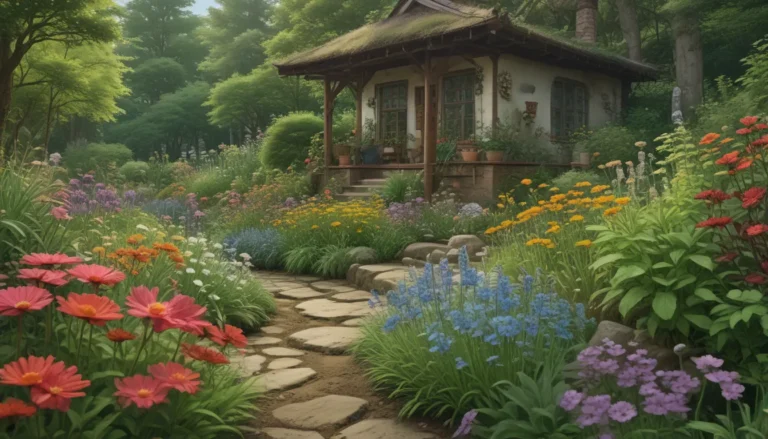Comprehensive Guide to Growing and Caring for Winter Daphne

Winter daphne (Daphne odora) is a delightful and fragrant addition to any garden. With its delicate flowers and sweet scent, it truly stands out among other plants. In this guide, we will explore the ins and outs of growing and caring for winter daphne. From its cultivation and history to propagation and pruning, we will cover everything you need to know to successfully cultivate this beautiful shrub.
What Is Winter Daphne?
Winter daphne, also known as sweet or fragrant daphne, is a member of the Daphne genus and is famous for its aromatic flowers. The evergreen shrub boasts glossy leaves and clusters of fragrant flowers that range from deep red to white. It thrives best in partial shade in Zones 7 to 9, although there are exceptions like the cold-hardy ‘Zuiko Nishiki’ cultivar. The flowers bloom from late January to May in Zones 8 to 9 and from March to May in Zone 7.
Cultivation and History
Winter daphne is native to China and Japan, where it has been adored for its scent for thousands of years. It gained popularity among Victorian gardeners in the UK in the 1800s. However, it is essential to note that all parts of winter daphne are toxic to people, pets, and livestock. The berries it produces are highly toxic and should be removed immediately if they appear.
Propagation
While commercial growers typically graft plants, you can propagate winter daphne from cuttings or by layering stems. Both methods have their unique benefits and challenges, so choose the one that suits your preferences best. It is important to wear gloves when handling winter daphne due to its toxic nature.
Winter Daphne Growing Tips
- Plant in free-draining soil or create mounds of free-draining soil mix.
- Choose a spot with morning sun followed by light shade.
- Let the soil dry out to a depth of two inches between waterings.
Container Care
Growing winter daphne in a container requires extra attention due to its temperamental roots. Select a spacious and well-draining container for the plant to thrive. Ensure that the container has adequate drainage holes and use humus-rich potting soil mixed with perlite or pumice for optimal growth. Water deeply and allow the top two inches of soil to dry out between waterings.
Pruning
Winter daphne does not require extensive pruning. Only prune after flowering and remove dead or damaged wood sparingly. Snipping flowers for indoor display is an excellent way to maintain the shrub’s appearance.
Cultivars to Select
Winter daphne comes in various cultivars with different flower colors and foliage patterns. From ‘Alba’ with snowy white clusters to ‘Perfume Princess’ with large blooms, there’s a cultivar to suit every preference. Choose cultivars that best complement your garden and provide the desired aesthetic.
Managing Pests and Disease
Winter daphne is susceptible to pests like scale insects and aphids, as well as diseases like leaf spot and root rot. It is crucial to monitor your plant’s health and address issues promptly to prevent severe damage. Avoid planting winter daphne in the same spot where a previous plant died to prevent the spread of pathogens.
Best Uses
Winter daphne is best planted near doors, windows, or outdoor living areas where its fragrant scent can be enjoyed. It can also be grown as a hedge or used for cut flowers. Consider companion planting options like grape hyacinth, clematis, and geraniums to enhance the overall appeal of your garden.
In conclusion, winter daphne is a stunning addition to any garden, offering both beauty and fragrance. By following the tips and guidelines outlined in this guide, you can successfully grow and care for this charming shrub. Whether planted in the ground or in a container, winter daphne is sure to delight you with its sweet aroma and vibrant blooms.
Do you cultivate winter daphne? Share your experiences and tips in the comments below! And for more fragrant flowering options for your garden, check out our guides on variegated shrubs, fragrant flowers, and scented geranium varieties. Happy gardening!





